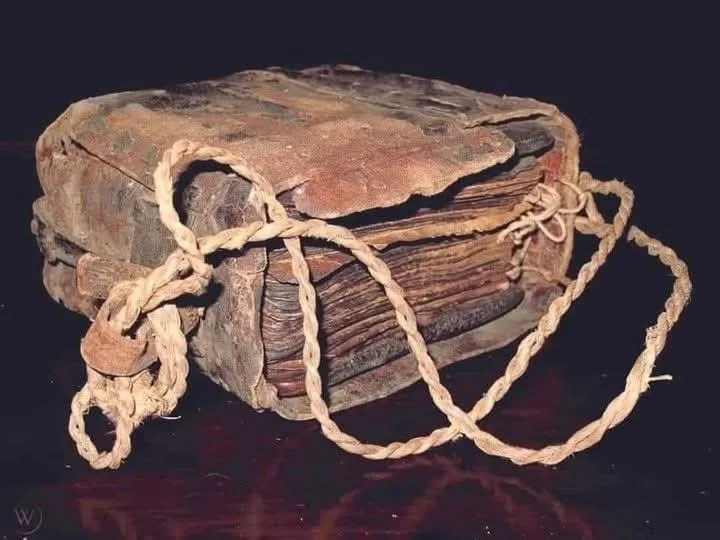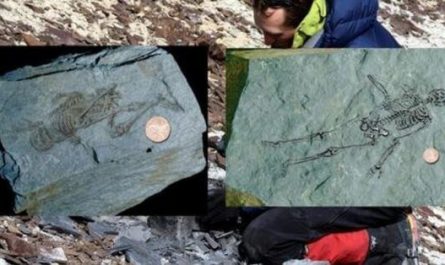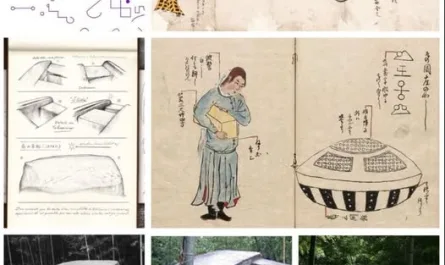The Ethiopian Bible, written in the ancient Ge’ez language on goat skin, stands as one of the oldest and most complete Christian biblical canons in the world. Known for its unique texts and intricate illustrations, it offers a window into the early Christian heritage of Ethiopia, a nation with a profound spiritual legacy. This blog post explores the historical significance, cultural richness, and enduring legacy of the Ethiopian Bible, while addressing common misconceptions about its origins and influence.

The Garima Gospels: Ancient Manuscripts of Faith
Among the most remarkable artifacts of the Ethiopian Bible are the Garima Gospels, housed in the Abba Garima Monastery. These manuscripts, Garima 1 (dated 530–660 CE) and Garima 2 (390–570 CE), are among the earliest surviving illustrated Christian texts. Crafted with vibrant artwork, they predate many European manuscripts, showcasing Ethiopia’s advanced scribal tradition. Miraculously, these manuscripts survived a fire set during the 1930s Italian invasion, a testament to their enduring significance.
Unlike many Western Bibles, the Ethiopian canon includes unique texts such as 1 Enoch, Jubilees, and additional Deuterocanonical books, making it one of the most comprehensive Christian collections. While it is a cornerstone of the Ethiopian Orthodox Tewahedo Church, claims that it is the “original” Bible require nuance, as earlier Hebrew texts (e.g., the Dead Sea Scrolls, 3rd century BCE–1st century CE) and the Greek Septuagint (3rd–2nd century BCE) predate it.
Ethiopia’s Early Christian Heritage
Christianity took root in Ethiopia in the 4th century CE, when King Ezana of the Aksumite Empire converted around 330 CE, influenced by the missionary Frumentius. This makes Ethiopia one of the world’s earliest Christian states. The claim that the apostle Mark established Christianity in Ethiopia in 42 CE likely confuses Ethiopia with Egypt, where Mark is traditionally credited with founding the Coptic Orthodox Church. By 313 CE, when the Roman Empire legalized Christianity, Ethiopia’s Aksumite Empire was already a thriving Christian center, alongside Alexandria and Antioch.
The Church of Our Lady Mary of Zion in Aksum, believed to house the Ark of the Covenant, is a cornerstone of Ethiopian spirituality. Reconstructed in the 1950s, its dome echoes the architectural style of the Hagia Sophia, reflecting shared Byzantine influences. The Ark’s presence remains a matter of faith, heavily guarded and revered, though unverified by archaeology.
Lalibela: A Holy City Carved in Stone
In the 12th and 13th centuries, King Lalibela commissioned the famous rock-hewn churches of Lalibela, a UNESCO World Heritage site. These monolithic structures, carved directly from living rock, symbolize biblical Jerusalem and reflect Ethiopia’s deep Christian devotion. Unlike early Christians in the Roman Empire, who faced persecution before 313 CE, Lalibela’s builders worked in a secure Christian kingdom, creating architectural marvels that continue to inspire.
Debunking Myths About Biblical Translations
A common claim is that the King James Version (KJV) Bible (1611) was translated from the Ethiopian Bible. However, historical evidence shows the KJV relied on the Greek Textus Receptus for the New Testament, the Hebrew Masoretic Text for the Old Testament, and Greek and Latin sources for the Apocrypha. While the Ethiopian Bible’s broader canon is significant, it did not directly influence the KJV. Similarly, the notion that the “original Greek Bible” dates to 1500 CE is inaccurate; the Septuagint and early New Testament manuscripts (e.g., Codex Sinaiticus, 4th century CE) are far older.
Another misconception links the Ethiopian Bible to ancient Egypt’s “Book of the Coming Forth by Day and Night” (the Book of the Dead). This Egyptian funerary text, used from 1550–50 BCE, served a distinct polytheistic purpose and is unrelated to Christian scriptures.
The Influence of Kemet on Global Scholarship
Ancient Egypt (Kemet) was a hub of learning, attracting Greek scholars like Plato, Pythagoras, and Aristotle, who studied in centers like Waset (Thebes). Historical sources, including Herodotus and Diodorus Siculus, confirm Egypt’s influence on Greek thought in mathematics, astronomy, and philosophy. While claims of specific study durations (e.g., Plato’s 11 years) lack primary evidence, the cultural exchange between Egypt and Greece is well-documented. St. Clement of Alexandria noted that countless Greeks studied under Egyptian tutors, shaping Western intellectual traditions.
Linguistic and Cultural Connections
Some assert that biblical names are of “African tribal derivatives” and untranslatable in European languages. Many names, like Moses (from Egyptian “msy,” meaning “born”) or David (Hebrew), are rooted in Semitic or Egyptian languages, which share ties with African languages like Ge’ez in the Afro-Asiatic family. However, these names are meaningful in their original contexts, and the Ethiopian Bible’s Ge’ez transliterations add unique cultural depth.
Preserving Ethiopia’s Manuscript Legacy
Ethiopia’s rich manuscript tradition is preserved in institutions worldwide, including:
-
Gunda Gunde Monastery (Tigray, Ethiopia)
-
Bodleian Library (Oxford)
-
British Library (London)
-
Chester Beatty Library (Dublin)
-
Institute of Ethiopian Studies (Addis Ababa)
-
Vatican Library
-
Hill Museum & Manuscript Library (Minnesota)
-
Howard University School of Divinity (Washington, DC)
These collections house thousands of Ge’ez manuscripts, from biblical texts to liturgical works, highlighting Ethiopia’s role as a guardian of Christian heritage.
Conclusion
The Ethiopian Bible is a treasure of early Christianity, reflecting Ethiopia’s ancient faith and cultural richness. Its unique canon, ancient manuscripts, and historical significance challenge Eurocentric narratives of Christian origins. While claims of its exclusive primacy or direct influence on later translations may overreach, its role in preserving a vibrant Christian tradition is undeniable. From the Garima Gospels to Lalibela’s rock-hewn churches, Ethiopia’s spiritual legacy continues to captivate and inspire.
For further reading, explore the manuscript collections or visit Ethiopia’s historic sites to witness this living heritage firsthand.





